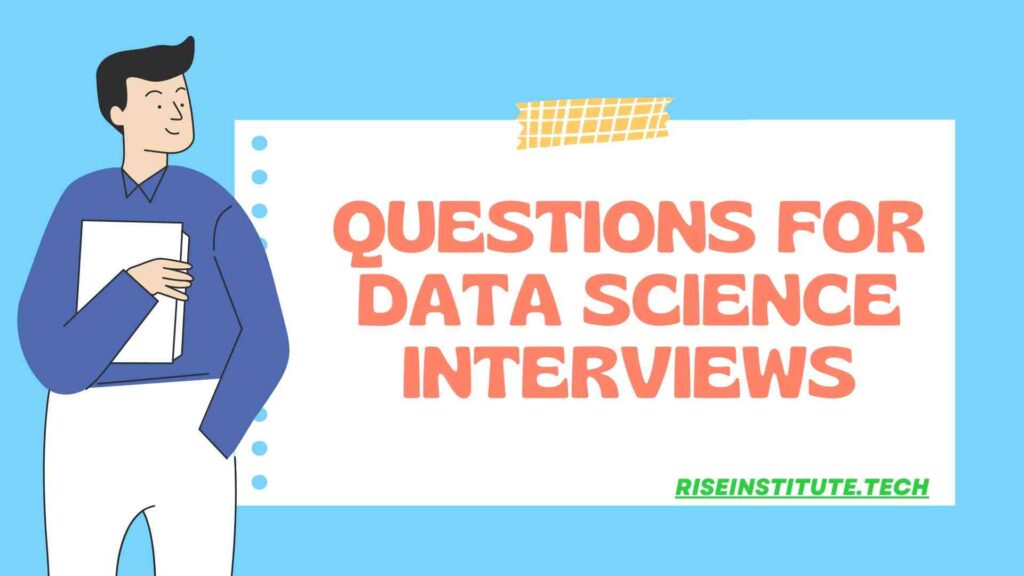Questions for Data Science Interviews
Introduction Data science is an interdisciplinary field that mines raw data, analyses it, and discovers patterns that can be used to extract valuable insights. The core foundation of data science is stats, computer science, machine learning, deep learning, analysis of data, visualization of data, and various other technologies. Because of the importance of data, data […]
Questions for Data Science Interviews Read More »


